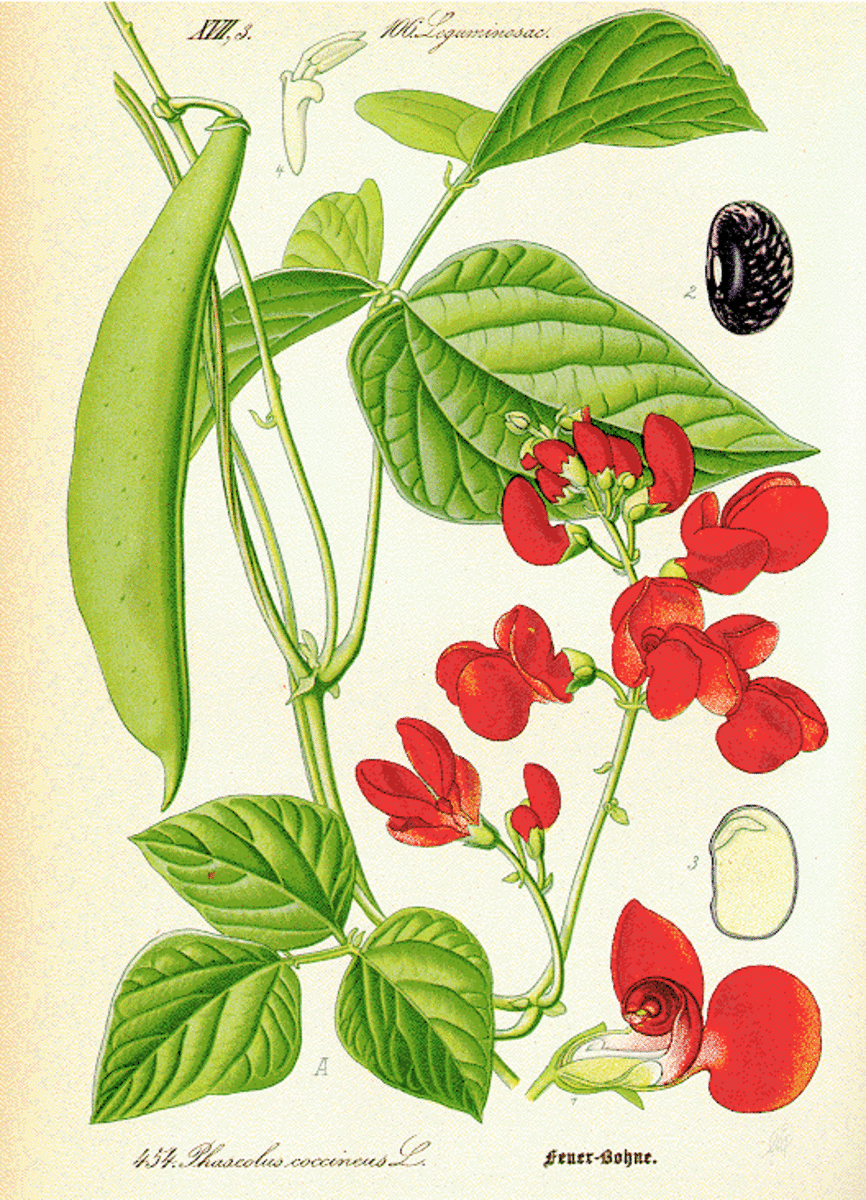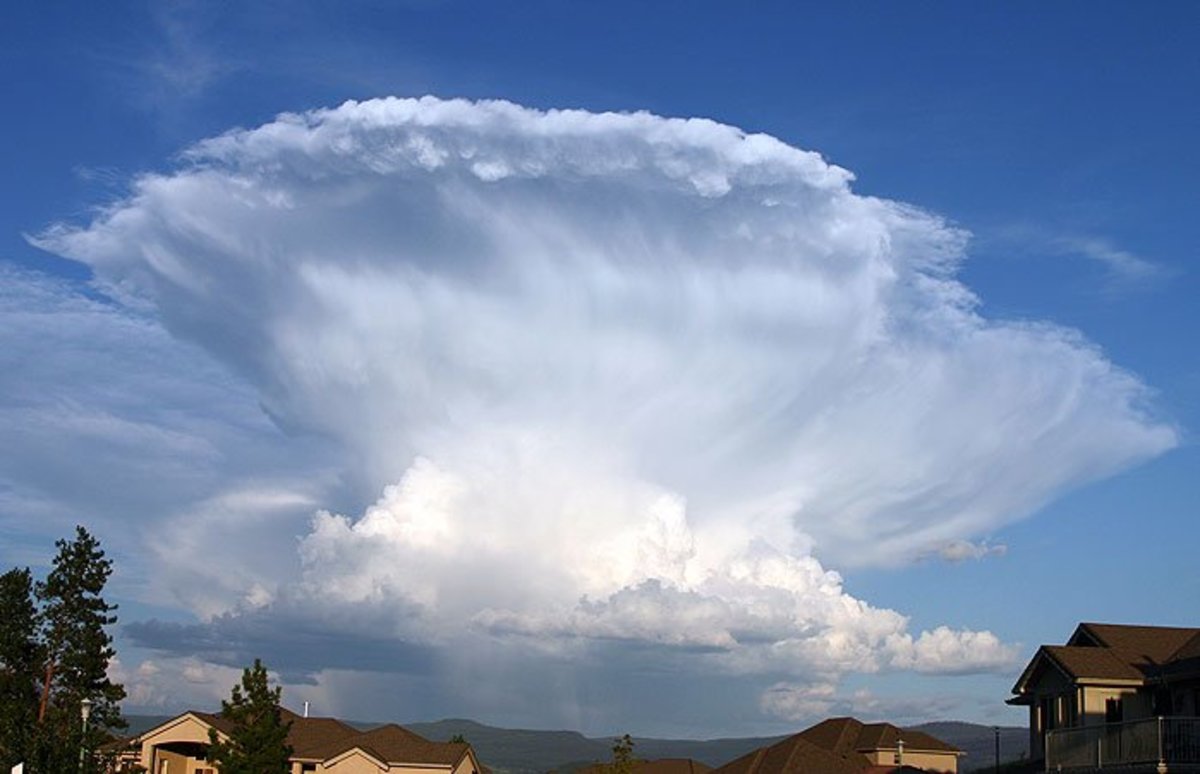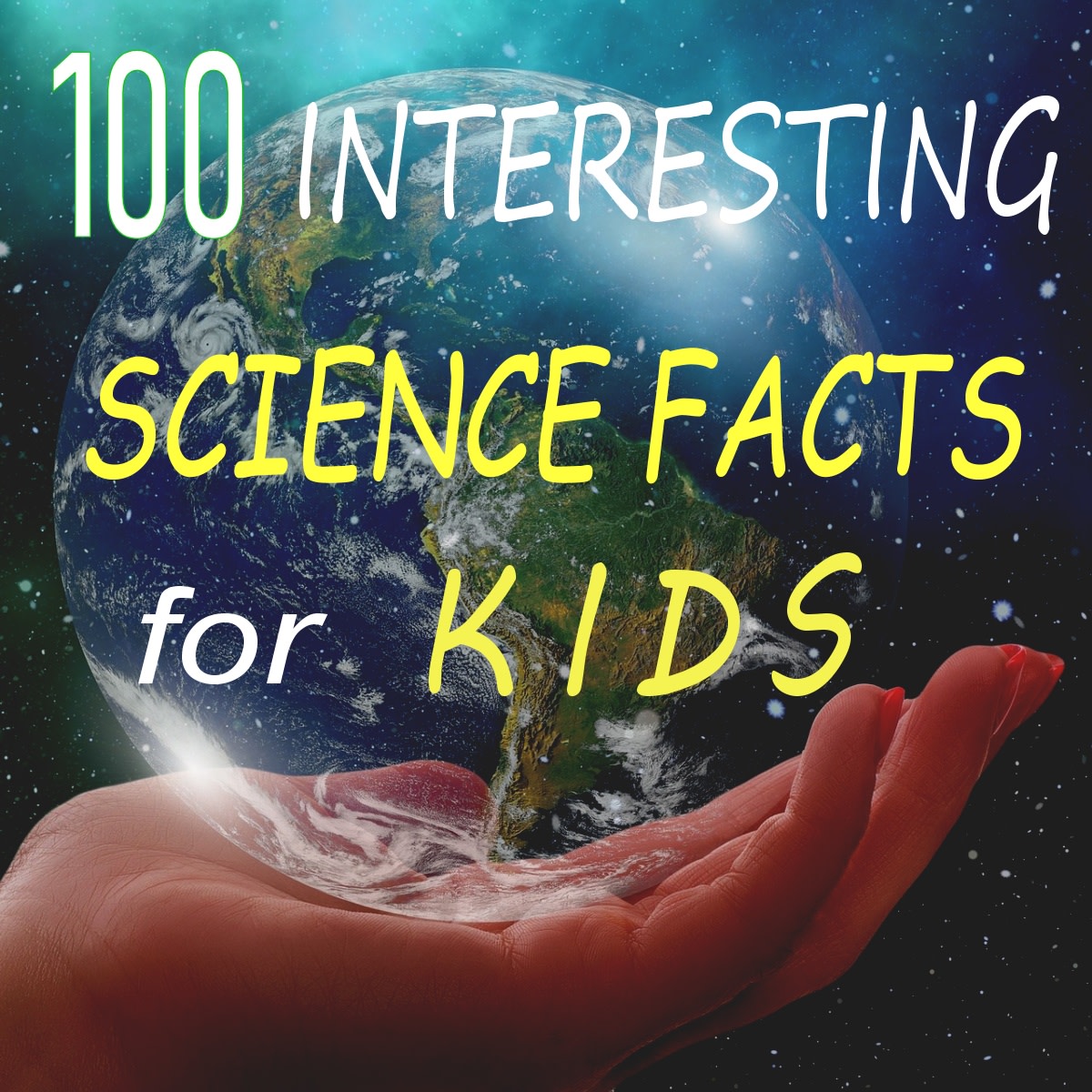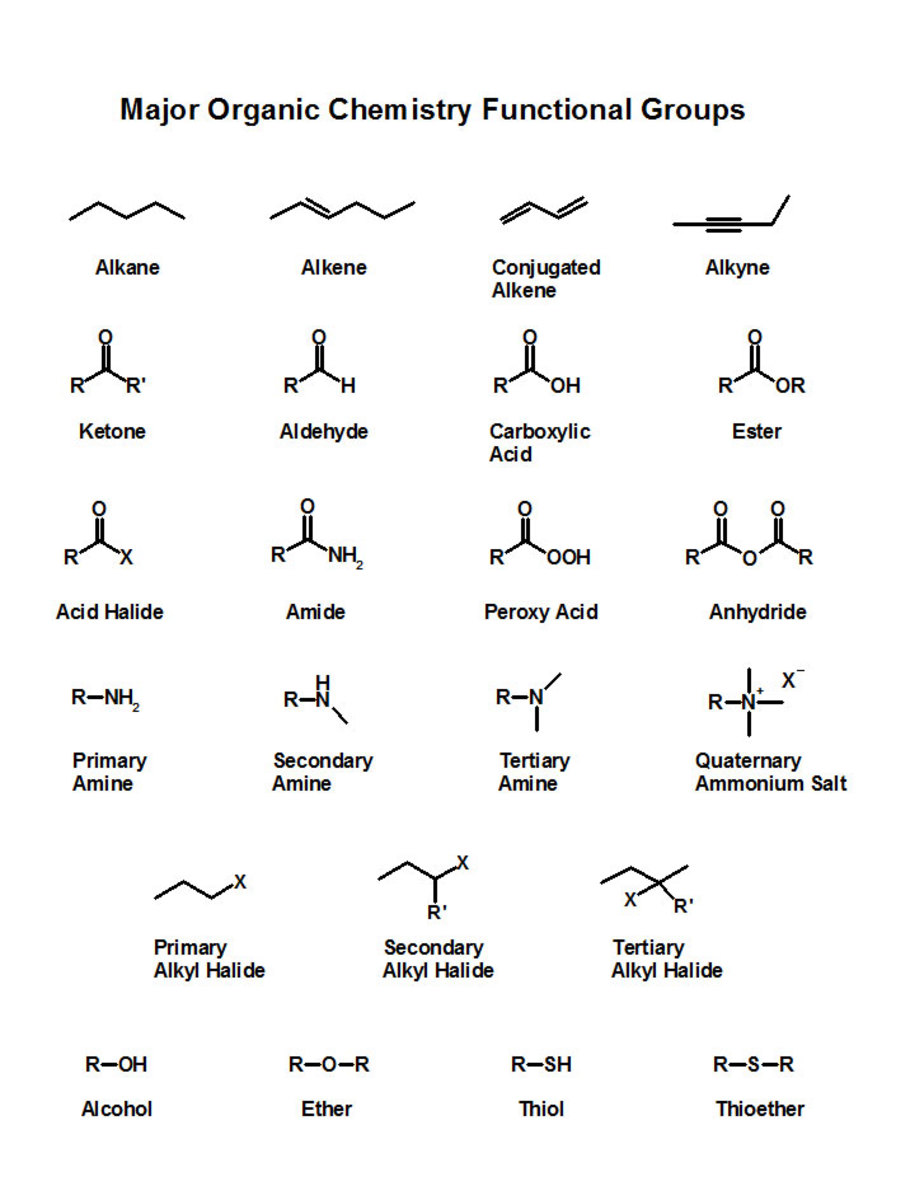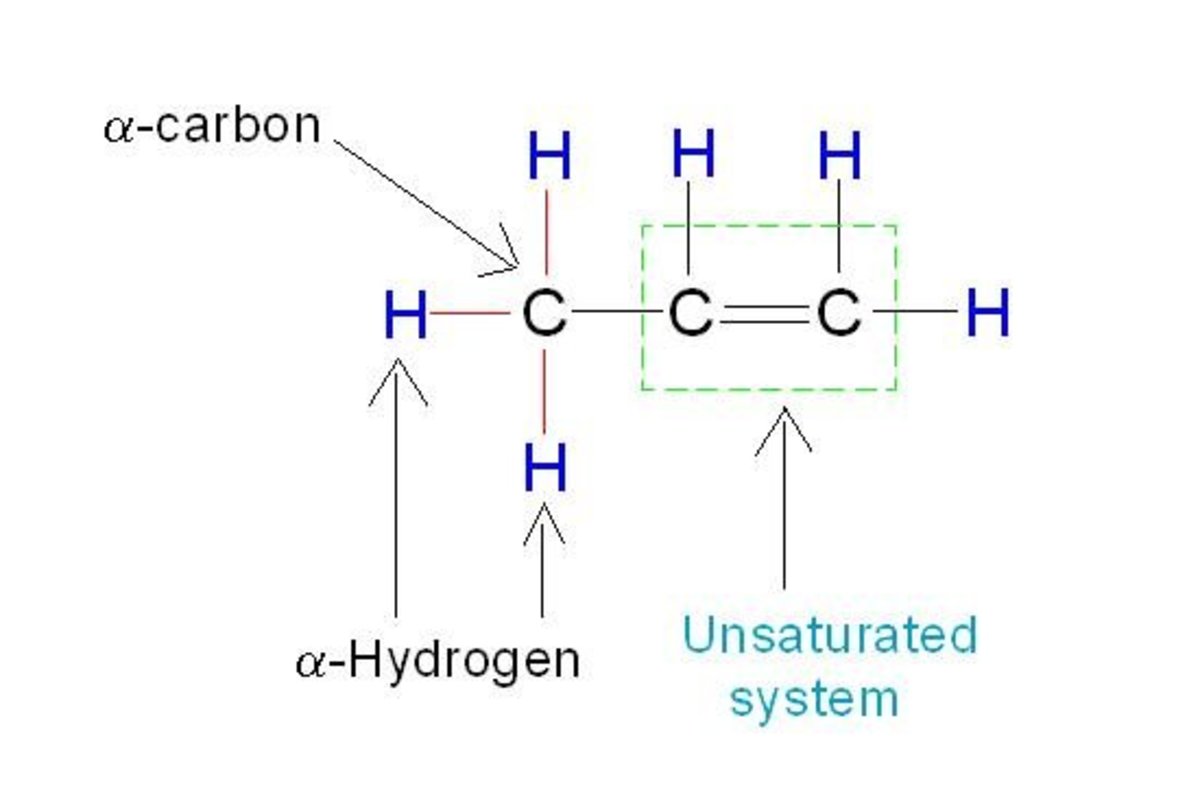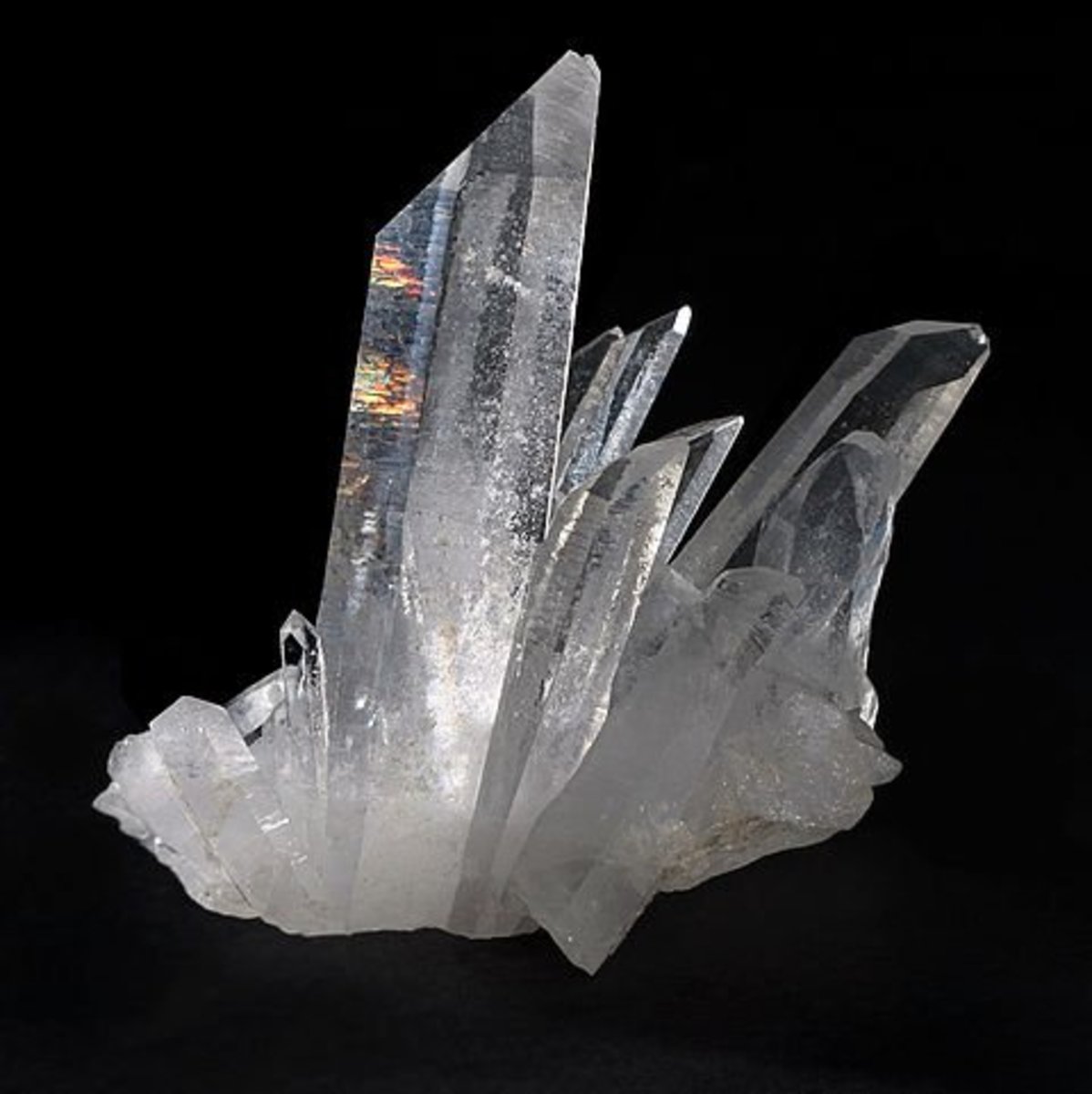Facts About Clouds
Clouds in the Sky
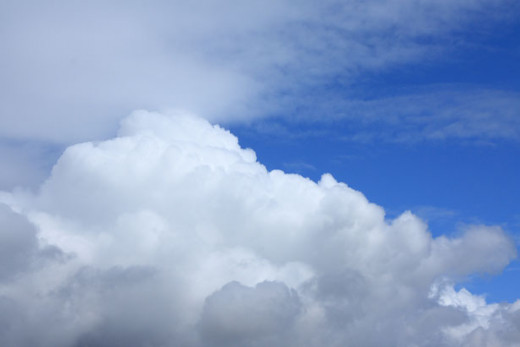
A cloudless plain blue sky is like a flowerless garden. ~Terri Guillemets
Clouds are a wondrous part of nature. They are beautiful to look at. Clouds spur our imagination as we gaze upon the billows of white puffs that magically float in the sky.
What Are Clouds Made Of?
Clouds are made up of tiny droplets of ice crystals or water. They are very very light and can float in the air. Clouds will form where there is more water in the atmosphere than in the vapor of air. The saturation point comes about when the air holds enough water vapor without forming condensation. Small cloud droplets will start to form when the atmosphere reaches the saturation point.
As the air cools, the amount of water vapor the air holds decreases. Lifting is known as the most effective process for cooling the air. As the air rises, the pressure goes down and allows cooling and expansion. Droplets vary in size, depending on the amount of saturation level in the air and the number and features of the tiny particles known as cloud condensation nuclei.
To give perspective about how small these particles and droplets are : an average raindrop is about 2 mm in diamets. A cloud droplet can typically be measured at about 0.02 mm. A cloud condensation nucleus is only about 0.0001 mm or 0.1 micrometer or bigger in diameter. A cloud will be visible when there are enough droplets that form together.
Types of Clouds
There are different types of clouds that form depending on the temperature, how much the temperature has changed at that height, wind, mountains, air masses and other factors that affect the atmosphere.
Clouds can form in different layers of the atmosphere. Very thin clouds can form in the stratosphere and mesophere, if the temperature is very cold. All cloud formations, and weather conditions produce themselves in the layer of the atmosphere called the troposphere. The troposhere is the lowest most layer of the atmosphere.
The mesophere and stratosphere are higher up. The study of cloud physics is known as nephology. It is a branch of meterology. Clouds in the troposphere are categorized by their Latin root names that denote the structure and process formation of the cloud.
- cirriform - usually thin clouds formed in cold air at fairly thin layers at higher altitudes in the troposphere. These clouds last a long time. The ice crystals vaporize at a slower rate than the water droplets evaporate.
- stratiform - sheet like clouds that are thick horizontally that can keep their form for a longer period of time
- cumuliform - rising in height to form tower and dome like cloud figures
- sub categories of cumuliform are stratocumuliform - rolled or rippled clouds and sheet like
- another sub category of cumuliform is cumulonimbiform - thin tops and cumuliform combination
There are other types of clouds combining their altitude and cloud structure.
Cirrus Clouds
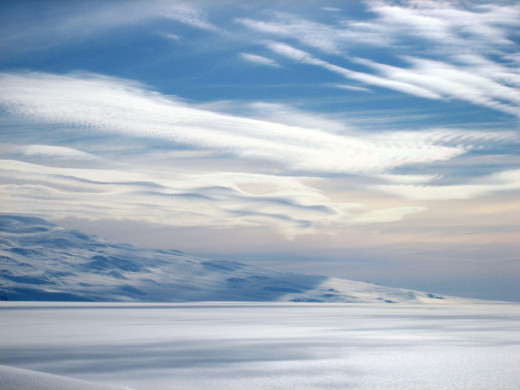
Clouds in the Atmosphere
Clouds can get larger as they create bigger water droplets from condensation, as it is rising. Clouds can also get smaller as the water droplets evaporate as the cloud is getting lower in the atmosphere.
Cumulus clouds that are getting thicker, can indicate that a storm is probably going to occur. When the cumulus clouds become ragged along the edges, as opposed to cumulus having higher structures.
It is very helpful to watch clouds, as a predicter of weather. Large, thick clouds with high domes, will yield thunderstorms. Cirriform clouds that are increasing in the sky, and getting thicker and lower can show that a front is coming.
Cumulus clouds that are getting thicker, can show that a storm may be coming. If the edges are ragged, precipation liklihood is reduced. This is just some examples of the relationship between clouds and weather.
Clouds keep the night air warmer. As they absorb the heat from the Earth, they radiate the warmth back towards the ground. at night from absorbing the heat from the Earth.
During the day, clouds reflect the sunlight and keep the air cooler. Different cloud structures keep the earth warmer or cooler. Cirrus clouds, which are thinner and wispy like and high in the atmosphere, affect the night cool air.
How Do Clouds Float?
Mountains help form clouds in two ways. The wind blows air up and over the slopes of the mountains. As the air cools, it rises. This causes the moisture to condense and clouds to form. These winds are known as orographic winds, or upslope winds, which are caused by the mountains.
The sun directly hits the mountain slopes and creates warm air that cools as the air rises. With enough moisture, clouds will form.
Clouds are a white color because they reflect sun light. The sun looks yellow because it has more yellow light than any other color. Clouds reflect all the colors exaclty the same amount, and it makes them look white. The water droplets and ice crystals that make up a cloud also help it look white.
As the clouds get thicker, and higher so the the light can’t make it through the clouds, the clouds look gray and darker. Other clouds create a shadow on each other and can make them look gray also.
Clouds float unti it reaches a saturation point of water droplets in the cloud condensing. The cloud will float when the air that it is made up of is warmer than the air that surrounds it.
Clouds and Fog
Clouds move because the wind pushes them along. High cirrus clouds travel along the jet stream at over 100 miles per hour. Clouds that are part of a thunderstorm can travel 30-40 miles per hour.
Clouds can be seen at various heights. They form at various levels depending on the amount of water vapro in the cloud, what the temperatures are at that height, the wind and the effects of the other air masses.
Most fog occurs when southern winds bring in warm and moist air, after a cold weather system. The warm, moist air gets coolded as it flows over soil and snow that is colder than the air.
If the air is near the point of saturation, moisture condenses from the cool air, in which case, fog forms. Fog forms near the ground with slight winds, become thick and reducing visibilities to nearly nothing.
Cumulus and Stratus Clouds
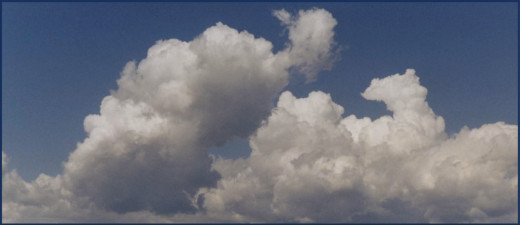
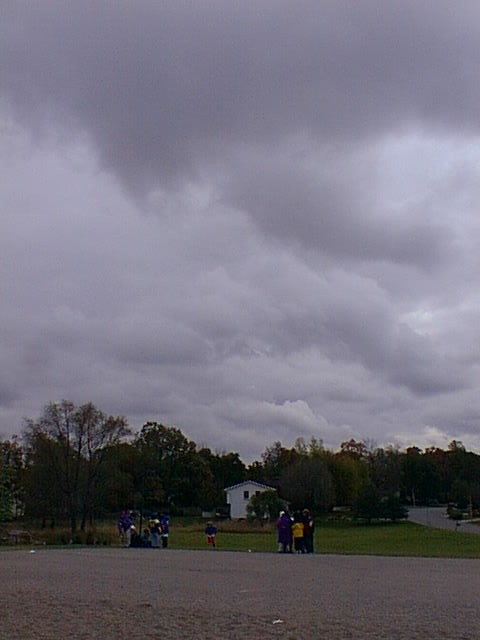
Why Are Clouds White?
Sunlight can’t get through clouds sometimes. As the light from the sun goes into a cloud, it can be reflected, absorbed, refracted or scattered, and not continue along its original path of light.
Some of the sun rays do move down to earth, but is not on a direct path. Some of the rays are reflected back into space. Some rays end up going sideways.
There are many factors that affect the amount of light that passes through a cloud. This includes the size of the ice crystals and water droplets that make up the cloud. '
How dense the cloud is. The dimensions of the cloud. The path of the ray of light. How the light is scattered by the ice crystals and water droplets. The reflection sof the ice and water. The absorbtion by the ice and water.
The refractions of light as it passes through the ice and water. The more the light rays are bounced around away from the surface, the less light will reach the surface, and the darker the cloud will appear. This explains why thin clouds look white, and clouds that produce thunder look quite dark.
When we are underneath a cloud, it looks gray because sunlight can’t shine directly on to the bottom of the clouds. The sun can only shine on the top of clouds. The thicker the cloud, the more sunlight gets blocked.
A think cloud appears whiter because the sunlight can get through the lesser cloud mass easier. The next time you look at a cloud, notice that while it is directly over you, it will look very dark.
As it passes you, look at the side and notice that it will look white as the sunlight illuminates the cloud. The light gets scattered, reflected and absorbed as it goes through a thick cloud.
A thick cloud interferes with more of the sunlight so that less and less of the rays of light reach us. A thin cloud doesn’t interfere with the light as much and the cloud is whiter to our eyes.
Clouds At Sunset
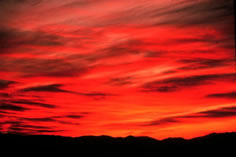
Clouds at Sunset
Clouds appear white, because it scatters all the wavelengths of light equally, and all wavelengths of light equals the color of white. At sunset, the sky has red, yellow and orange in it. The color of a cloud is dependent on the light that illuminates it.
The blue color of the sky gets scattered and the orange and red color remains. The clouds reflect the unscattered orange and red rays and the clouds appear red. Clouds at different heights look red at different times as the sun crosses the horizon. The stratus, low clouds will turn red first, just before sunset. After sunset, the cirrus, higher clouds appear deeper red.
We can’t see clouds at night unless we have a source of light. Thin clouds can be seen from the light of the moon. Low dense clouds can sometimes be illuminated by street lights.
Alto Clouds
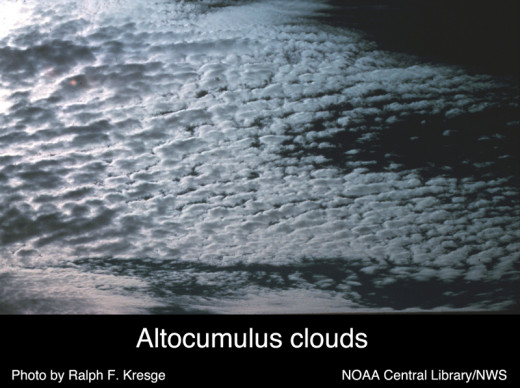
Clouds and Weather Forecasting
Clouds serve an important purpose in nature. They keep the temperature of our planet in a range that is habitable for mankind. Clouds provide rain, and gives us important weather forecasting clues.
In 1803, Luke Howard, a meterologist from England, set up a scientific cloud classification system based on 3 categories of how the clouds look, cirrus, stratus, and cumulus. He called high clouds alto, and rain clouds nimbus. This classification is still used today, but the 3 classifications are now divided into several subtypes.
Now a cloud is categorized by its shape and altitude and by how transparent it is, and its internal structure. These classifications have always been classified from the ground. Now science is starting to use satellites.As technology improves, the satellites are able to take higher resolution photos of clouds around the globe.
A major part of weather forecasting is knowing where clouds are in the atmosphere. By knowing what the clouds are doing, scientists can make more accurate weather predictions.
Nimbus Clouds
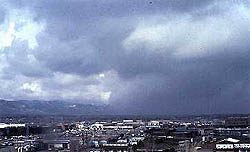
Why Does It Rain?
The simplest answer is that rain comes from clouds.
Within the clouds, tiny droplet of water clump together. Clouds will form from rising air. The air cools and condenses the water vapor into tiny droplets.
The rising air keeps the water drops up. In some clouds, the drops become bigger and when they get too heavy to continue to be held up by the rising air, the drops fall and we have rain.
Latin Root of Cloud Names
Latin Root
| Cloud Height
| Cloud Description
| weather predictor
|
|---|---|---|---|
cirrus
| High clouds - above 18,000 feet
| white, thin, and wispy
| fair weather - change of weather within 24 hours
|
alto
| Mid level 6,500 feet to 18,000 feet
| blue to gray colored and puffy
| form ahead of thunderstorms, rain or snow storms
|
nimbus
| Low - Up to 6,500 feet
| gray to very dark
| means rain in Latin
|
cumulus
| clouds with height to them
| white and puffy, looks like cotton
| can hold thunderstorms within the clouds and may produce rain
|
stratus
| Low - Up to 6,500 feet
| grayish covering most of the sky
| may produce precipitation
|





